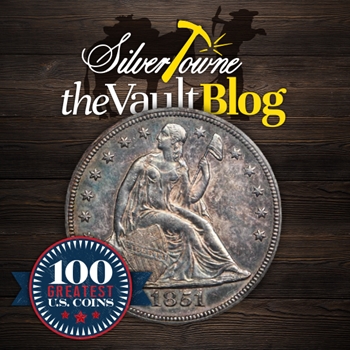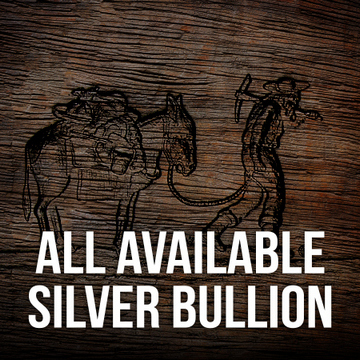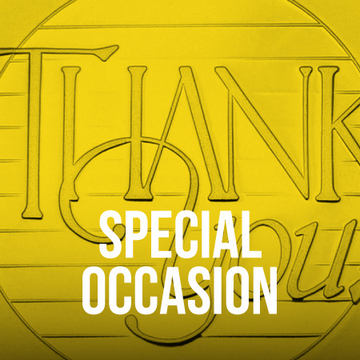
With the last silver dollar coins being struck in 1804, the United States did not have a circulating dollar coin until a brief resurgence began in 1836 led by Christian Gobrecht. However, the short-lived series from 1836-1839 was the precursor to the next series of coinage: Liberty Seated Dollars. Our blog series covering Whitman Publishing’s 100 Greatest United States Coins will continue today covering not one, but two years from the series that lasted over 30 years. Author Jeff Garrett will help us along.
#98 – 1851 and 1852 Liberty Seated Silver Dollars
Original coins made for circulation from 1851, and Proof restrikes made years later, are most recognized by numismatic experts. Just 1,300 original coins were struck in 1851 with Garrett clarifying that collectors on the hunt for these silver dollars are more likely to come across a higher grade as mid-grade Seated dollars are rarer. In fact, a true circulation strike 1851 Seated silver dollar is considered an “underrated rarity.” When it comes to the Proof restrikes, they are more common than their circulation counterparts, with just around 20-30 known to exist today.
The next year date in the series, 1852, differs highly from the previous year. Those coins exist as either an original circulation strike, an original struck as a Proof, or a Proof restrike made years later. Only 1,100 coins were struck originally. Different than 1851, the 1852 silver dollar has more of a condition range with grades seeing Good to Mint State. However, the Proof original coins are extremely rare with just one showing up at auction in these recent years. Proof restrikes from 1852 show up in either silver or copper.
In 1960, the historical value of the 1851 Liberty Seated Silver Dollar in Choice Proof was $1,500. It rose to $55,000 by this fourth edition (2015). The 1852 in the same Choice Proof condition was valued at $1,500. By this fourth edition, it rose to $50,000.







